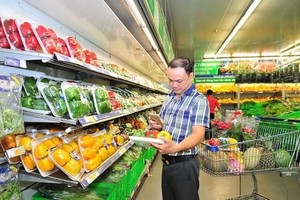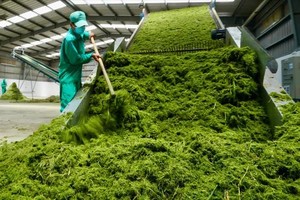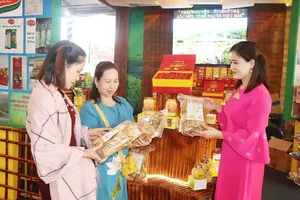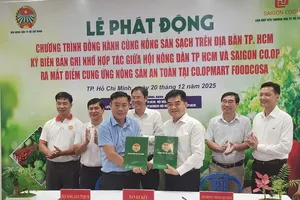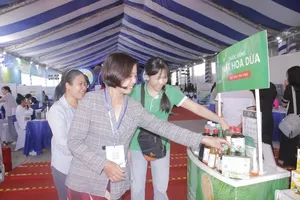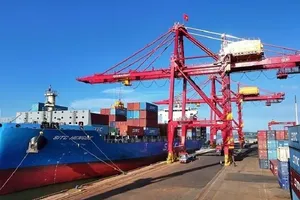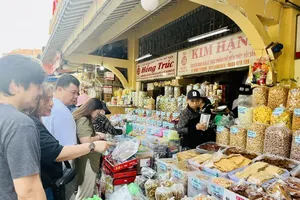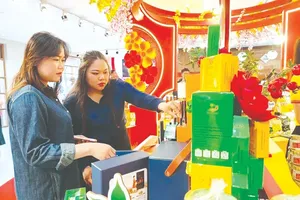Cold-water fish farming in Vietnam, such as sturgeon-breeding, is still underdeveloped and has not taken full advantage of the climate, water resources and geographical location the country provides--with this young fish farming industry now facing a serious threat from illicit sturgeon coming in from China.
Cold-water fish farming, in particular sturgeon farming began to develop in the last five years. Starting from Lam Dong and Lao Cai Provinces, sturgeons are being bred with production reaching 700 tons in 2012, of which Lam Dong Province accounting for 50 percent.
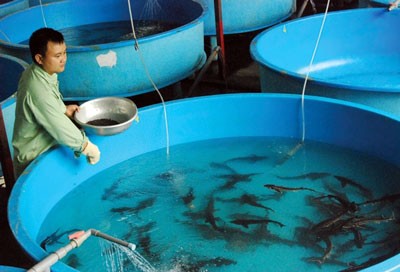
However of late, sturgeons illegally brought in from China are seriously affecting the local sturgeon farming industry. According to data, around 2-3 tons of fresh sturgeons are illegally brought in from China into Ho Chi Minh City by air every day and sold at a very low price.
According to Tran Van Hao, Chairman of Lam Dong Province Coldwater Fish Farming Association, local sturgeons are bred in near natural conditions and harvested after 12-14 months when they reach a weight of around two kilograms. Meanwhile, Chinese sturgeons, with the help of growth stimulants, can be harvested after 4-6 months; hence, Chinese sturgeons are much cheaper than Vietnamese ones.
Cheap sturgeons from China have paralyzed the distribution network of local sturgeons and are seriously affecting local sturgeon breeders. Ngo Thi Kim Phung, Director of Vietnam Da Lat Sturgeon Company, revealed that Vietnamese sturgeons have to be sold at VND150,000 per kilogram at the farm to ensure profits for breeders whereas illicit Chinese sturgeons are sold to traders at VND50,000-60,000 per kilo and to retailers at VND120,000 per kilo.
Besides, some companies recently imported Chinese sturgeons into fish farms in the northern provinces to disguise as local-bred sturgeon before selling them in the market.
Tran Van Hao said that in order to protect and develop sustainably the sturgeon farming industry in Vietnam, beside preventing and controlling illicit Chinese sturgeons, many solutions about fries, fish foods, breeding process, and distribution, should be carried out.
Currently, some local companies are able to produce fries but the quality is not good enough. Local firms can also produce fish foods but need to buy technology and ingredients from foreign countries. Noticeably, there has been no close connection between distributors and producers.
Hao also said that local sturgeon breeders must learn to beat competition from Chinese sturgeon by improving quality and safety and offering consumers reasonable prices--once Chinese sturgeon is legally imported into Vietnam.





